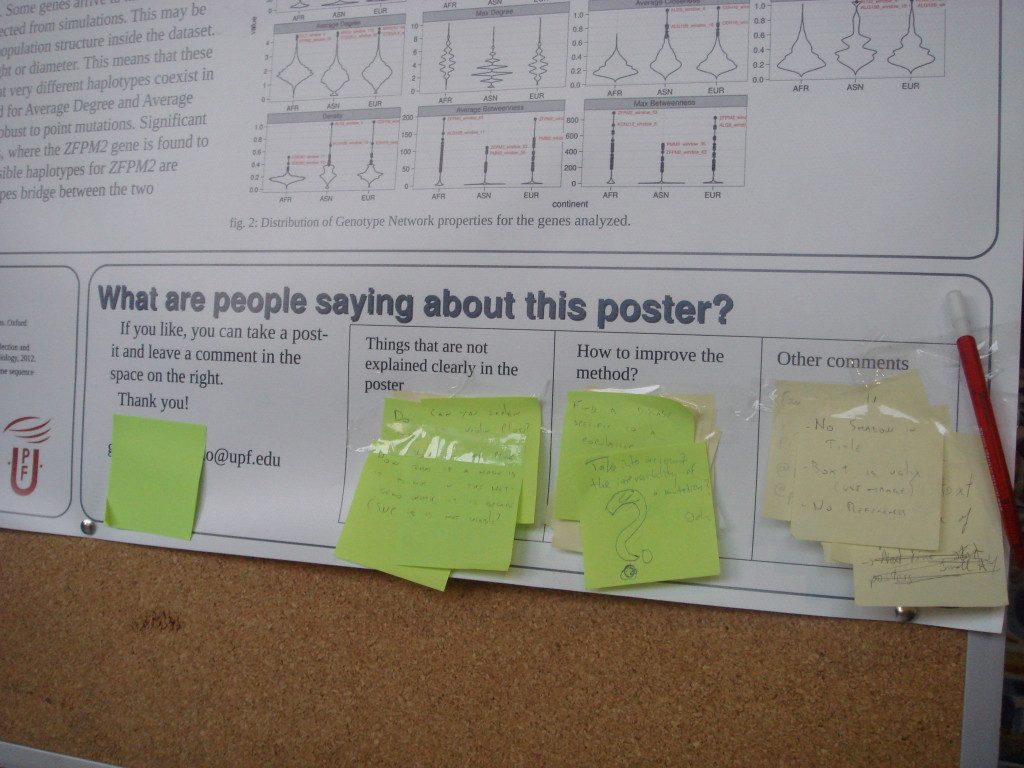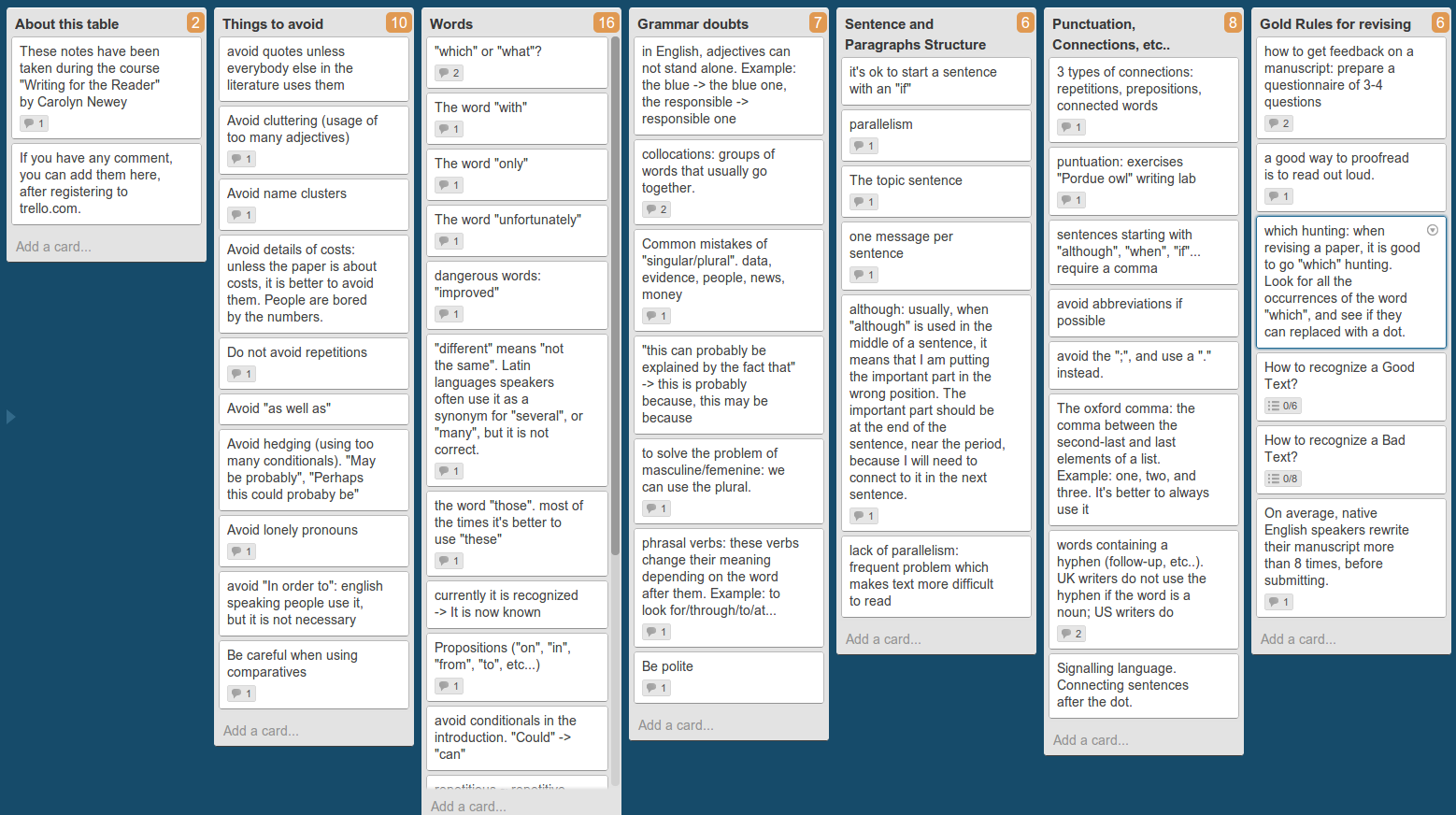I have just deposited my PhD thesis! If everything goes well, I will defend it within a few months. It took me a while, but I am there at last!
I can not post the thesis online yet, but in the meanwhile, I would like to at least post the preface I wrote for it.
My thesis is dedicated to detection and characterization of signatures of selection in the human genome. Thus, the preface is about the ethical problems faced in human population genetics, and narrates a little story about a mistake made by an earlier anthropologist. I hope that you will enjoy it. As for me, I am going to make a short break to celebrate.
Preface
Toward the end of the 18th century, the German anthropologist Johan Friedrich Blumenbach wrote a book on the origins of mankind, with the aim of demonstrating that all humans belong to the same species. The society of the 18th century was much more segregated than our modern society, and some people, including renowned scientists, believed that blacks and American Indians did not belong to the same species as the white man. Blumenbach, who was a strong opponent of racist theories, decided to write a book to demonstrate that all human have a common origin, and that there are no scientific basis for any discrimination.
Eventually, Blumenbach succeeded in his noble intentions, but a little design mistake in his book led to a misinterpretation that he would not have desired. In his book, Blumenbach listed the human populations in the following order: American, Mongolian, Caucasian, Malaysian and African. Since he believed that the human species originated in the Caucasian region, he explicitly put the Caucasian population in the middle, as a way to remind his readers that all human beings have a common origin. Unfortunately, this tiny detail was interpreted as a prove that the Caucasian was the purest of all human races. People believed that if even him, the most egalitarian scientist of the time, positioned white people at the center of the Geometry of races, it was because these had a special importance.
This error is representative of how delicate is to work in the field of Human Population Genetics. If Blumenbach had decided to list the populations in a different order, for example, by placing Caucasians in the second position, events like the Jim Crow’s laws in the United States and even the Nuremberg laws in Germany would not have had the same scientific justification they had. A whole life spent to demonstrate that all people are equal has gone forgotten because of a bad decision in listing the names of some populations. Blumenbach was a strong champion of equality, but his mistake affected the life of innocent people.
This thesis is dedicated to Johan Friedrich Blumenbach, with the hope that learning from his mistake will protect me from making similar errors. The work presented here describes new methods to analyze human population genetics data, and specifically, to detect genes and alleles that have given a selective advantage to a human population. Nevertheless, these “selective advantages” are only relative to events to which our ancestors have been exposed in the past. The only reason why we study them is to understand how our genome works, with the aim of designing better medicines and improve our health conditions.
The field of Human Population Genetics is in a delicate position at this moment. We live in times of cheap genome sequencing, and we can expect that, in the close future, genome sequencing will become a component of our daily lives. Moreover, the appearance of new communication media has made science more accessible to everybody – with good and bad implications. This means that the research that is being written right now by population geneticists will soon be read by not only by scientists, but also by people moved by other interests. It is difficult to predict how our work will be interpreted, as it was difficult, in the 18th century, to predict how a mistake in listing populations would have had such negative impact.
I hope that those who will read this thesis will do it with a positive mind. I have tried with all my efforts to avoid any concept that may be misinterpreted, but my lack of experience may have not allowed me to find all the potential flaws. I hope that the people who will read this thesis will be savvy when they encounter mistakes, and that they will be stimulated to learn more about this subject. Eventually, they will discover that despite the errors that scientists can make, Blumenbach was right in his intentions: all humans beings belong to the same species, and there are no scientific basis for any form of discrimination.
(This preface is inspired by the chapter “The Geometer of Race” in the book “I have Landed” by S.J.Gould, 2003, and by the book “Fatal Invention” by Dorothy Roberts, 2011)







